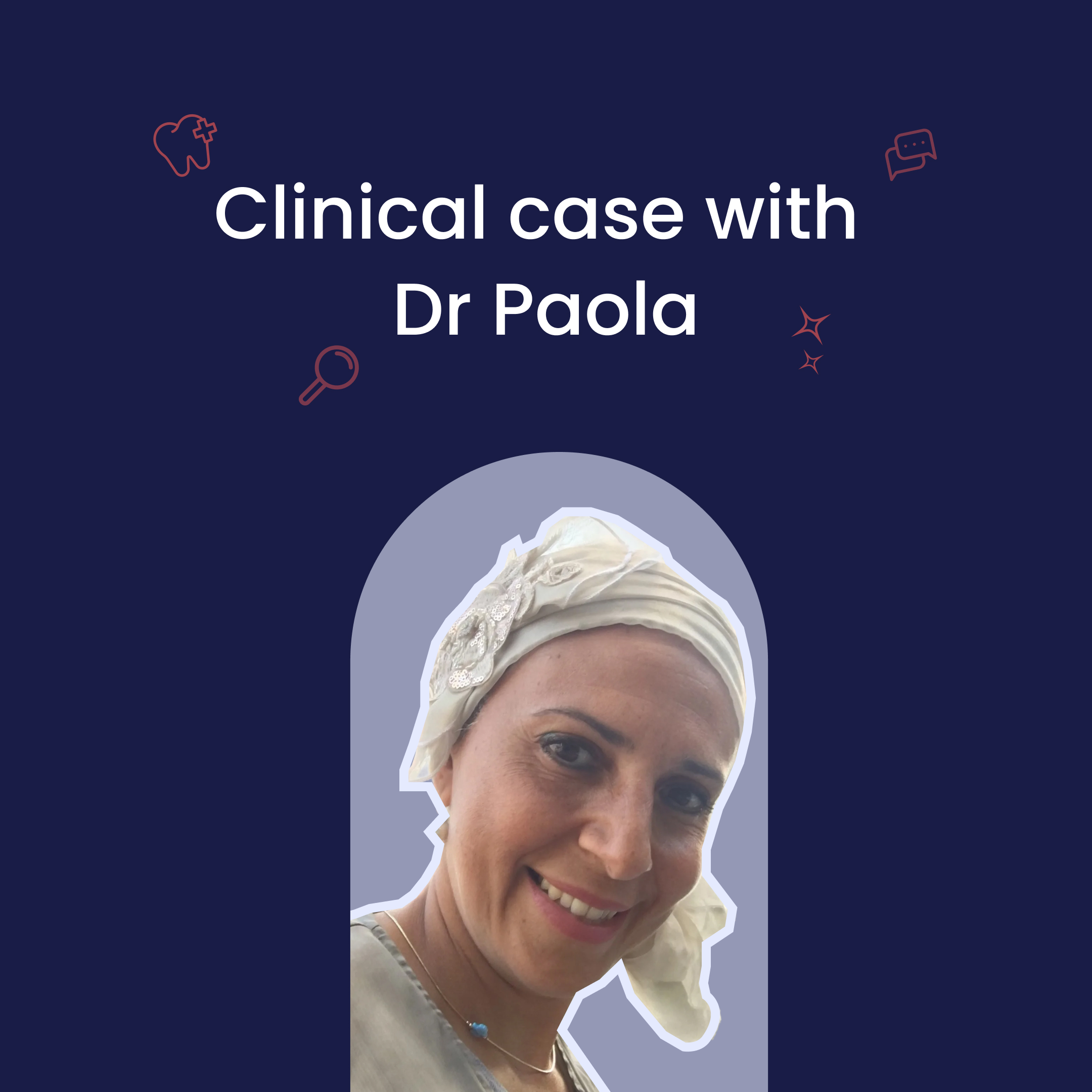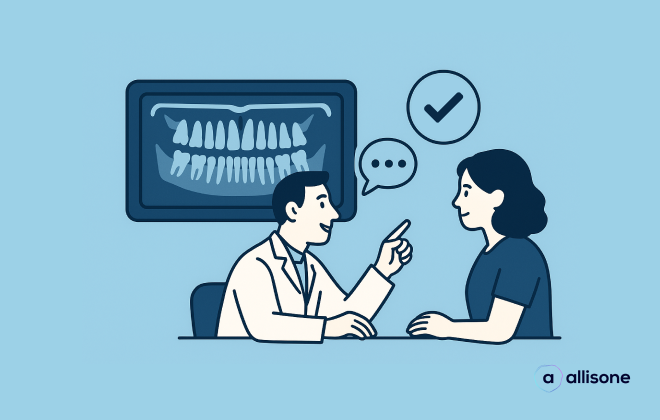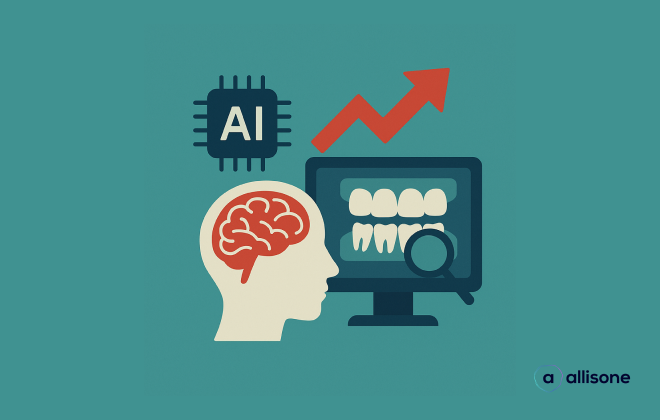
It is well known that adherence to a treatment plan depends primarily on the information the patient receives. It must be complete but also perfectly clear. This is why, while trying to remain precise, it is important to limit as much as possible (or even ban) the use of technical jargon that is incomprehensible to the average person and prefer a simple and, whenever possible, visual method of communication.
An informed patient is worth two. Here is a saying for health professionals that is not without meaning. Modern dentistry, like medicine in general, requires its practitioners to provide a great deal of information to the patient in order to obtain informed consent.
With full information about their oral health, patients are more likely to understand the proposed treatment plan and therefore more likely to adhere to it. A patient who knows the difference between a bridge and an implant, the short and long term consequences of both on their health and budget, will feel in control of their decision and will be more empowered to ensure that the treatment has the desired effect.
Distill information methodically
However, the lay patient should not be drowned in a mass of overly technical details. Subjected to a flood of unintelligible information, many people stall without daring to express their incomprehension. They are overwhelmed by a feeling of shame for not knowing or are afraid to waste your time by asking you to repeat or rephrase. It is therefore important to distill the information in a methodical and educational way and to use simple and understandable terms. You may want to go into more technical details later if the patient is interested.
Adapt the level of language to the person you are speaking to
Knowledge of dental language varies greatly from one patient to another: it varies according to socio-professional category, frequency of visits to the dentist and previous experience.
The first step for the practitioner is to identify the type of patient in front of him or her in order to use the terms adapted to the patient's ability to understand. Even if the patient has a high level of understanding, it is fundamental to keep in mind thata consultation takes place between two people with unequal knowledge.
Avoid overly complex or scary words
In his book Human relations and communication in the dental officeDr. Jacques Charon suggests banishing a few terms that may appear frightening to the layman: " Explaining that you are going to lift a flap may be perceived as 'we are going to flap your gums'. A root amputation may be perceived as the mutilating removal of a limb," he explains, for example.
In addition to these words, which have a negative connotation in everyday language, it is advisable to avoid terms that are too complex. For example, the word "swelling" can replace "inflammation". The word "aggravated" can be used to avoid the term "exacerbated". If there is no synonym, consider breaking down complex terms in an educational manner.
Explain the causes and the treatment in detail by the image
An individual retains 10% of what he hears, 20% of what he reads and 80% of what he sees. Visual communication media are therefore particularly effective for sharing complex information.
Articles en lien
Lorem ipsum dolor sit amet, consectetur adipiscing elit.

L’intelligence artificielle au cœur des soins dentaires : témoignage du Dr Paola

Mieux faire accepter les plans de traitement : 4 leviers qui fonctionnent vraiment






